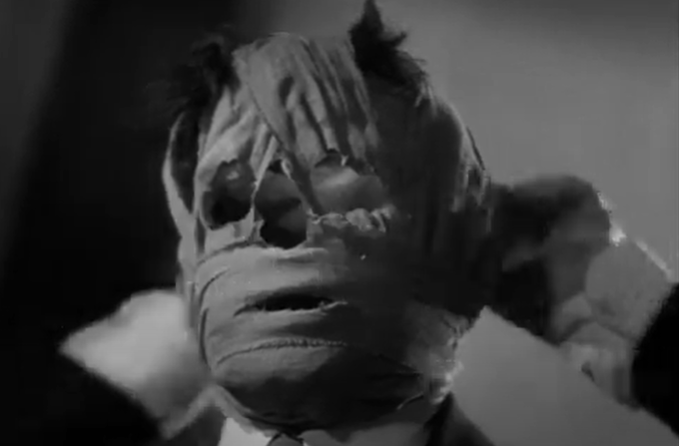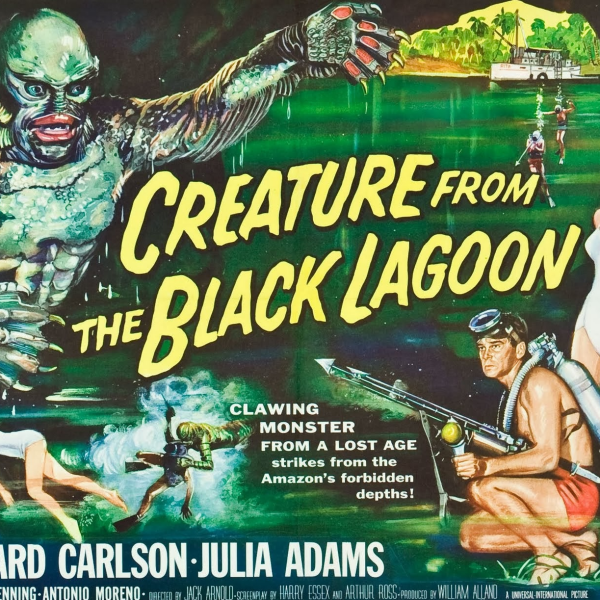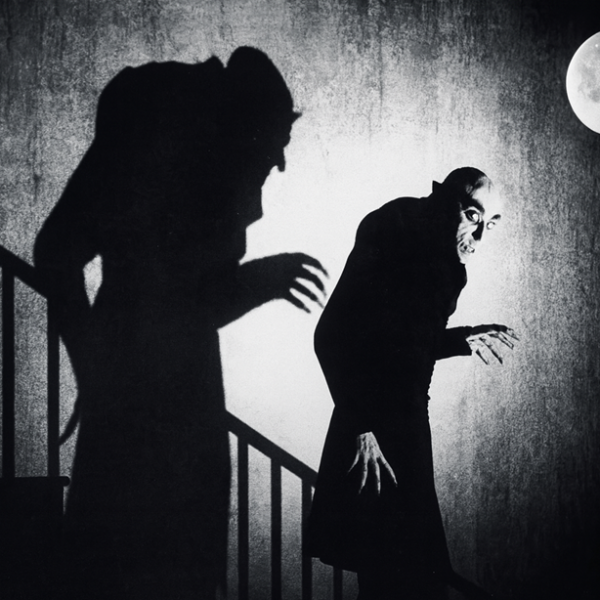October Monster Mash: “Madness Made Visible!” – The Invisible Man (1933)

The Monster You Couldn’t See
In 1933, Universal Pictures unleashed a new kind of terror upon the world — one you couldn’t see coming. The Invisible Man, directed by James Whale, introduced audiences to a villain unlike any other. He didn’t lurk in crypts or howl under the moonlight; he was everywhere and nowhere at once — a voice, a laugh, a madness wrapped in bandages.
Starring Claude Rains in his breakout role, The Invisible Man brought to life the story from H.G. Wells’ 1897 novel and transformed it into one of the most technically dazzling and psychologically disturbing horror films of the early 20th century.
The Story of Griffin — Science Unbound
The film opens on a snowy night in a quiet English village. A stranger wrapped in bandages, dark glasses hiding his eyes, trudges into the Lion’s Head Inn. He demands a room, solitude, and silence. The townsfolk whisper and speculate, but the truth is far worse than they imagine.
The man is Dr. Jack Griffin, a chemist who has discovered the secret of invisibility — but at a terrible cost. His formula, involving a mysterious substance called monocane, has driven him insane. As the film progresses, Griffin’s descent into madness becomes complete. He sheds not only his clothing but his morality, declaring, “Power! Power to rule, to make the world grovel at my feet!”
Claude Rains’s voice — silky, commanding, and utterly unhinged — makes Griffin one of the most charismatic villains in horror history. His invisible presence dominates every frame, even when he’s nowhere to be seen.
A Triumph of Early Special Effects
For 1933 audiences, The Invisible Man was a cinematic miracle. Director James Whale, already famous for Frankenstein (1931), pushed the limits of visual effects.
Using pioneering techniques developed by John P. Fulton, Rains wore a black velvet suit and acted against a black background while cameras captured only the surroundings. These sequences were then combined to create the illusion that Griffin’s clothing moved with no one inside it.
The result was astonishing. Books floated, doors opened on their own, and bandages unwound into thin air. Even today, the film’s effects hold up as a remarkable achievement of practical ingenuity — eerie, seamless, and full of character.
The Madness of Claude Rains
Though The Invisible Man marked Claude Rains’s Hollywood debut, his performance instantly made him a star. Ironically, his face remains unseen until the film’s final moments, when the dying Griffin becomes visible once more — a moment both chilling and strangely tender.
Rains’s velvety voice became the soul of the movie, oscillating between sardonic humor and psychotic rage. Few actors could make lines like “We’ll begin with a reign of terror!” sound both theatrical and terrifying, but Rains delivered them with perfect, gleeful menace.
His Griffin isn’t a creature to be pitied like Frankenstein’s monster — he’s a man consumed by his own arrogance and genius, undone by the very discovery that should have made him immortal.
The Director’s Dark Wit
James Whale infused The Invisible Man with the same black humor and macabre elegance that made his other Universal classics unforgettable. The film’s tone swings from horror to satire to tragedy, creating a uniquely British flavor of madness.
Scenes of Griffin taunting policemen, laughing maniacally while floating hats and cigars move on their own, blend horror with absurdity. Yet beneath the laughter lies a disturbing truth — the danger of intellect without empathy, of science without restraint.
Legacy and Influence
The Invisible Man was both a critical and commercial triumph, solidifying Universal’s dominance in the horror genre. It inspired multiple sequels, spin-offs, and reimaginings — from The Invisible Woman (1940) to The Invisible Man Returns (1940), and even the acclaimed 2020 modern reinterpretation.
But none capture the same eerie magic as the original. Claude Rains’s disembodied voice remains an icon of early horror — a symbol of how charisma, madness, and imagination can make even an unseen presence unforgettable.
Conclusion
As part of our October Monster Mash, The Invisible Man represents horror at its most psychological — a story not about monsters from without, but from within.
Beneath the bandages and laughter lies a warning: that unchecked ambition and isolation can strip a man of his soul long before he disappears from sight.
So this October, if you feel a cold breath at your ear or hear laughter echoing in an empty room, beware — it might just be Griffin, the Invisible Man, walking among us once more.
“An invisible man can rule the world — nobody will see him come, nobody will see him go.”



